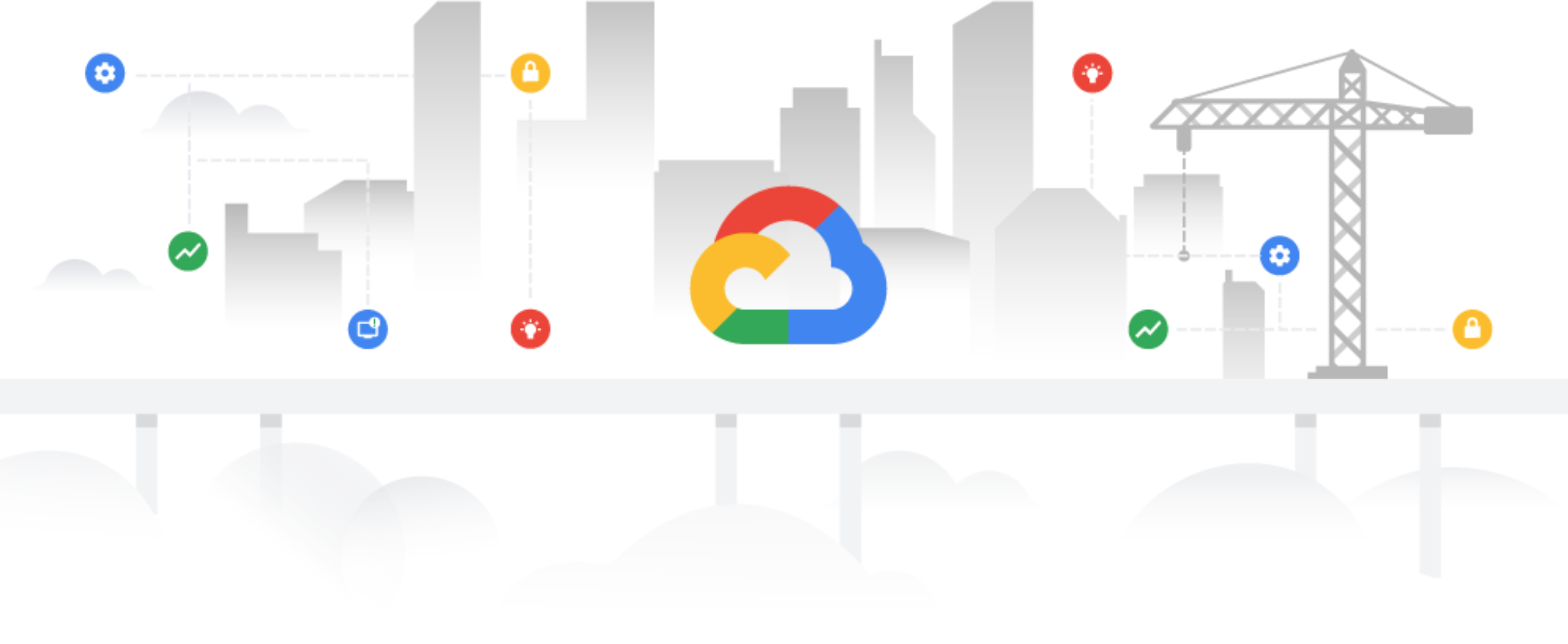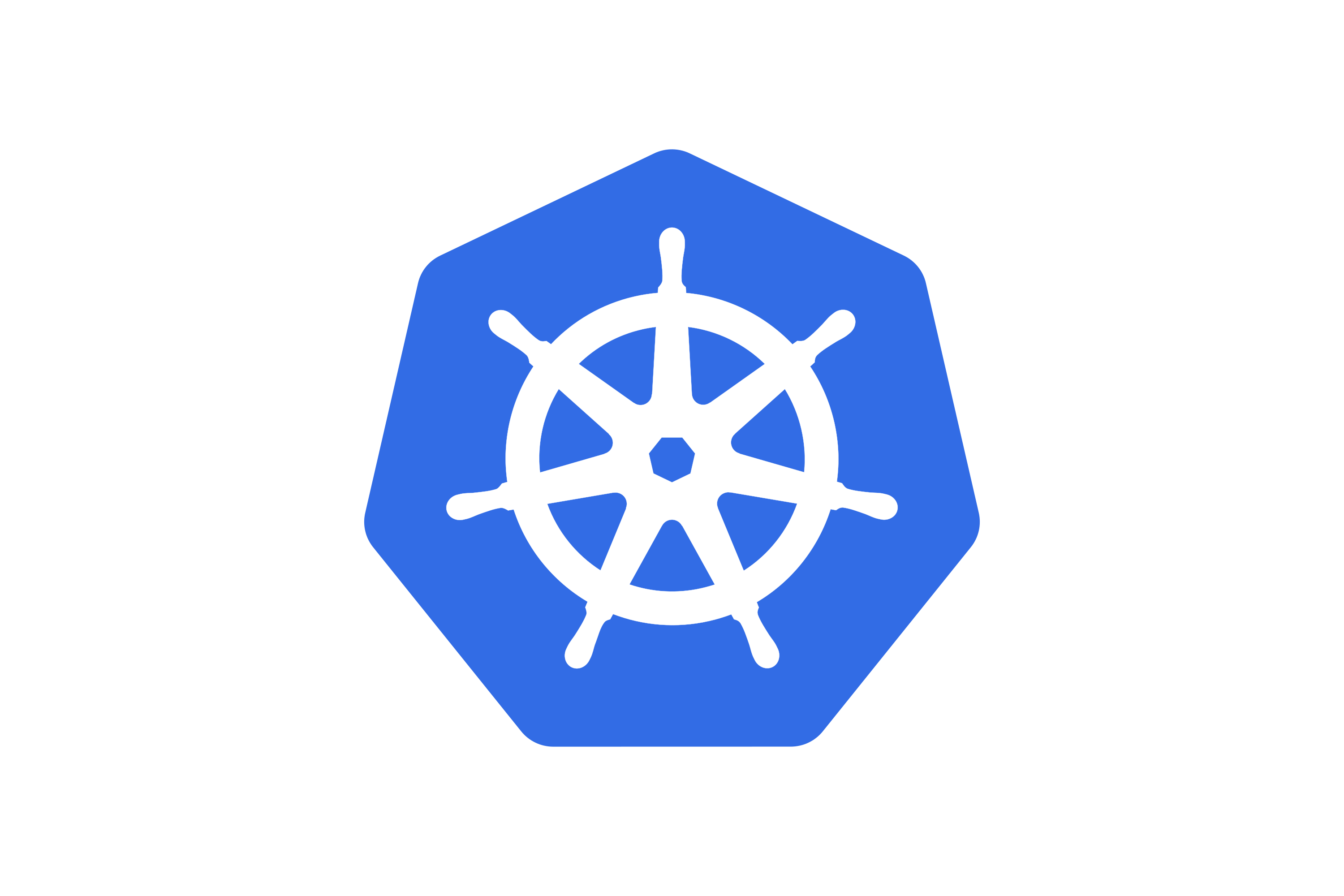Google Cloud
Features Update Summary - March 2021
The summary of essential information about Google Cloud in March 2021.
SAP customers transform documents into data with OpenText on Google Cloud
An enterprise environment generates a staggering number of documents—contracts, orders, invoices, and receipts, to name a few. Each requires proper governance to store and manage over its lifetime. For SAP customers, attaching these documents to each transaction is relatively easy, but their sheer volume increases database size and slows performance.
Google Cloud: SAP On Google Cloud
An Information Management (IM) system turns documents into a resource rather than a burden, making them securely accessible to those who need them, whenever they need them, without affecting the performance of the organization’s SAP solutions. OpenText is not only a market leader in IM, but it also has been a long-time SAP strategic partner with active solution co-development. Google Cloud selected OpenText as its preferred IM. This allows SAP customers to combine OpenText capabilities along with advanced technologies like analytics and AI to streamline and automate workflows, and capitalize on critical data. Read More
All together now: Bringing your GKE logs to the Cloud Console
Troubleshooting an application running on Google Kubernetes Engine (GKE) often means poking around various tools to find the key bit of information in your logs that leads to the root cause. With Cloud Operations, our integrated management suite, we’re working hard to provide the information that you need right where and when you need it. Today, we’re bringing GKE logs closer to where you are—in the Cloud Console—with a new logs tab in your GKE resource details pages.
Google Cloud: Cloud Opretion
With this feature, both logs and metrics are now available directly on GKE Workloads details pages while logs are available directly on GKE Cluster details pages. Logs on the details pages are all automatically scoped to the Kubernetes resource to help surface relevant logs quickly. Read More.
How to build a serverless real-time credit card fraud detection solution
As businesses continue to shift toward online credit card payments, there is a rising need to have an effective fraud detection solution capable of real-time, actionable alerts. In collaboration with Quantiphi, an award-winning Google Cloud Premier Partner with experience engaging with global financial institutions, we developed a smart analytics design pattern that enables you to build a scalable real-time fraud detection solution in one hour using serverless, no-ops products on Google Cloud.
Google Cloud: DATA Analytic
In addition to setting up fraud notifications, we also show how you can build dashboards to monitor the performance of the fraud detection pipeline. Read More.
Helping small business customers think big with help from cloud technology
Keap selected Google Cloud initially to overcome scalability issues related to on-premises data centers. Here, we’ll look at how moving to the cloud helped Keap overcome those challenges with a whole range of Google products to bring always-on, mission-critical services to its users—and free up the time and resources to develop and push their services further.
Google Cloud: Infrastructure
Keap provides the technology and services that help small businesses accelerate growth with an all-in-one customer relationship management (CRM), sales, and marketing automation solution. With more than 200,000 users, we also provide the support, coaching, and access to partners that our customers need to help make entrepreneurship a reality. Read More.
A guide to data protection offerings in Google Cloud
Cloud adoption has become a team sport. It started as an exciting effort led by forward-thinking developers, and it has turned into a global IT directive across countries and industries. Whether their goal is to migrate SAP workloads or to build next-generation analytics, thousands of technologists are learning how to work together to accelerate the shift to cloud platforms.
Google Cloud: Infrastructure
Data protection experts have a vital role to play in this team effort. Fortunately, backup and storage administrators have multiple tools to safeguard their organization’s data during and after cloud migration. Here at Google Cloud, we recognize the RTO, RPO, and internal compliance requirements that administrators need to meet during these migrations. We also have heard two additional key requirements to enable team-wide adoption of cloud-based backup. Read More.
Google Cloud Celebrates International Women’s Day
Today, Google Cloud celebrates International Women’s Day #IWD2021 and stands with those who #ChooseToChallenge inequality, call out bias, and question stereotypes. Together, we can forge an inclusive world that accurately reflects the people and communities who live in it.
Google Cloud : Google Cloud Platform
Google’s mission is to organize the world’s information and make it universally accessible and useful. To achieve this, we believe that a diversity of backgrounds, perspectives, and experiences lead to better decision-making within our teams and company, resulting in more relevant products for our customers. Read More.
Build your future with GKE
American poet Maya Angelou said ”If you don’t know where you’ve come from, you don’t know where you’re going.” We agree. Today, as we kick off the Build with Google Kubernetes Engine event, and fresh off our GKE Autopilot launch, we wanted to take a step back and reflect on just how far GKE has come. In just six short years, GKE has become one of the most widely adopted services for running modern cloud-native applications, used by startups and Fortune 500 companies alike. This enthusiasm inspires us to push the limits of what’s possible with Kubernetes, making it easier for you to focus on creating great services for your users, while we take care of your Kubernetes clusters.
Google Cloud: Containers & Kubernetes
So let’s take a look at where we’ve been with Kubernetes and where we are today—so we can build the future together. Read More.
Next-generation claims: Transforming vehicle accidents with AI
Stuck on hold with your car insurance claims department? If a fender-bender isn’t enough to send your stress levels through the roof, negotiating costs and insurance deductibles with a claims adjuster probably is.
Google Cloud: AI & Machine Learning
At Solera Holdings, our business is automobile damage estimation. We deal with around 60% of the claims worldwide between insurance companies, drivers, and the automotive industry. Like anything today, when people want their cars fixed, they want it done as fast as possible. But unlike other modern services such as rideshare or food delivery, claims departments at your insurance company likely aren’t quite up to speed. That’s why we decided to transform Qapter, our established claims workflow platform, into a touchless intelligent claims solution. Read More.
What industry leaders teach us about the future of data
Almost two-thirds of leading organizations claim that creating data-rich platforms is one of the best ways they can “future proof” their business. The research, commissioned by McKinsey & Company highlights that one of the attributes of industry winners is that they don’t just think of data as a component of their business, they act as if “Data is the business”.
Google Cloud: Data Analytic
There's no doubt that data is the essential ingredient for business transformation across analytical and transactional applications. Once generated, it powers deeper AI-driven business insights, helps companies make better real-time decisions, and is also the basis for how companies build and run their data-driven applications. Google Cloud customers have taught us that there are three key dimensions to a winning data strategy: leaders seek to build architectures that are Open, Intelligent and Flexible. In this blog, we explore what they each mean and how you can apply them. Read More.
Google BigQuery is a Leader in The 2021 Forrester Wave: Cloud Data Warehouse
We are thrilled to announce that Google has been named a Leader in The Forrester Wave™: Cloud Data Warehouse, Q1 2021 report. For more than a decade, BigQuery, our petabyte-scale cloud data warehouse, has been in a class of its own. We're excited to share this recognition and we want to thank our strong community of customers and partners for voicing their opinion. We believe this report validates the alignment of our strategy with our customers’ analytics needs.
Google Cloud: Data Analytic
“Customers like Google’s frequency of data warehouse releases, business value, future proof architecture, high-end scale, geospatial capabilities, strong AI/ML capabilities, good security capabilities, and broad analytical use cases,” according to the Forrester report. Today’s data leaders require a data warehousing platform that provides both depth and breadth and with BigQuery, organizations are able to unlock deeper data science and machine learning capabilities while promoting data democratization and providing the highest levels of availability. Read More.
Rethinking ‘rehost, replatform, rearchitect’: Cloud migration for the real world
When helping customers plan large-scale migrations of applications to the cloud, we here on the Professional Services team sometimes observe them pouring countless hours into the top-down evaluation of their application estate and categorizing them into discrete migration strategies like “rehost”, “replatform”, “refactor” and so on. It’s a well1 established2 industry3 practice4 in which the only open point for debate, it seems, is whether there are 5, 6, 7 or 8 distinct “R’s”.
Google Cloud: Cloud Migration
In practice, the popular “R” migration strategies aren’t really strategies at all—they’re placeholders for all the things you don’t yet know about your applications. We find that an IT organization's policies and capabilities do more to determine the migration path than anything else and ultimately override any architect’s prior top-down planning. Read More.
Source: https://cloud.google.com/blog/products/gcp

















 Twitter
Twitter Youtube
Youtube